The Deba knife is a traditional Japanese kitchen tool renowned for its thick, single-beveled blade, designed specifically for precision and durability in culinary tasks. Unlike other knives, its robust construction allows it to easily handle heavy-duty jobs such as filleting fish, cutting through small bones, and preparing poultry. The single-bevel edge ensures sharpness and precision, making it a prized instrument among professional chefs and cooking enthusiasts alike.
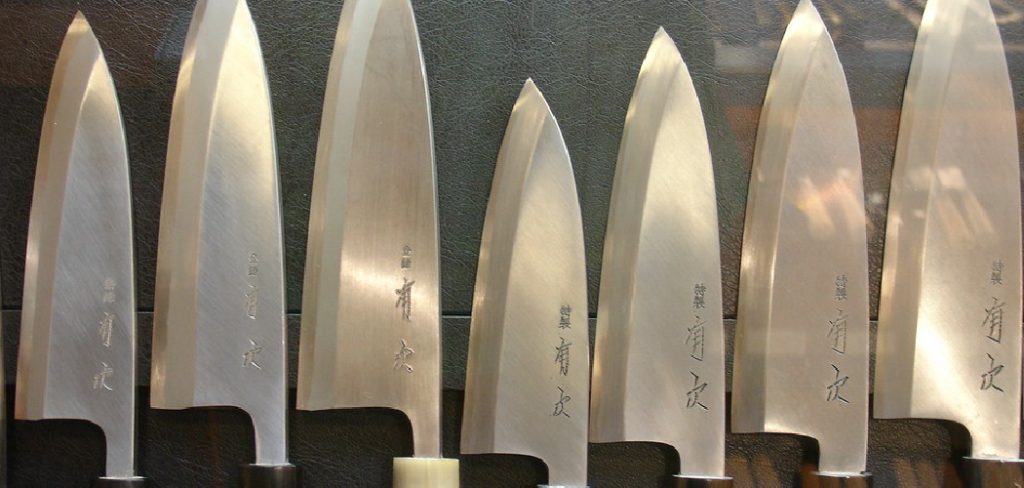
Learning how to use a Deba knife effectively can significantly enhance your culinary skills, enabling you to tackle various cutting tasks with confidence and safety. This article aims to provide a comprehensive guide on the optimal techniques and best practices for handling and maintaining your Deba knife, ensuring both the tool’s longevity and its user’s safety.
Understanding the Deba Knife
The Deba knife is a staple in Japanese cuisine for its unique structural features and versatility in handling a variety of kitchen tasks. Its design is both functional and durable, allowing sowing cooks to manage tasks from fish filleting to bone chopping. The Deba knife’s balance and heft provide the user with a tool that can perform precise cuts while enduring tough conditions. Understanding the intrinsic design and functionality of the Deba knife can elevate your proficiency in preparing intricate dishes and enhance your kitchen skills.
Design Features of the Deba Knife
The Deba knife is characterized by its thick, wide blade that tapers to a sharp point, enabling it to cut heavy-duty while maintaining precision. This design allows the knife to cut through small bones and meat easily, providing the user stability and control. The single bevel design is particularly advantageous for achieving precise cuts, as it supports more accurate slicing and reduces resistance during cutting. This feature makes the Deba knife an ideal choice for chefs requiring power and finesse in their kitchen tools.

Different Types of Deba Knives
Deba knives come in various sizes, each catering to specific culinary needs. Small Deba knives, measuring approximately 150mm, are excellent for handling delicate tasks, such as fine slicing or working with small fish. Medium Debas, around 180mm, offers a balance of precision and power, suitable for general use. Large Deba knives, about 210mm, excel in heavier cutting tasks, such as breaking down larger fish or poultry. The size of the Deba knife significantly affects its functionality, allowing chefs to choose a tool that best fits their specific requirements.
What Makes the Deba Knife Unique
The Deba knife’s unique characteristics lie in its single bevel blade and robust spine, which collectively contribute to its exceptional performance in the kitchen. Understanding these key features can help users maximize the knife’s precise and efficient cutting capabilities.
Single Bevel Blade
The Deba knife’s single bevel design is crucial for achieving precise cuts, especially in Japanese cuisine. This design features a blade that is sharpened only on one side, allowing for greater control and accuracy when slicing delicate foods. The angle of the bevel plays a significant role in the cleanliness of the cuts, enabling chefs to slice through fish and meats with minimal resistance. This precision is vital for maintaining the integrity and texture of the ingredients, which is particularly important in dishes where presentation matters.
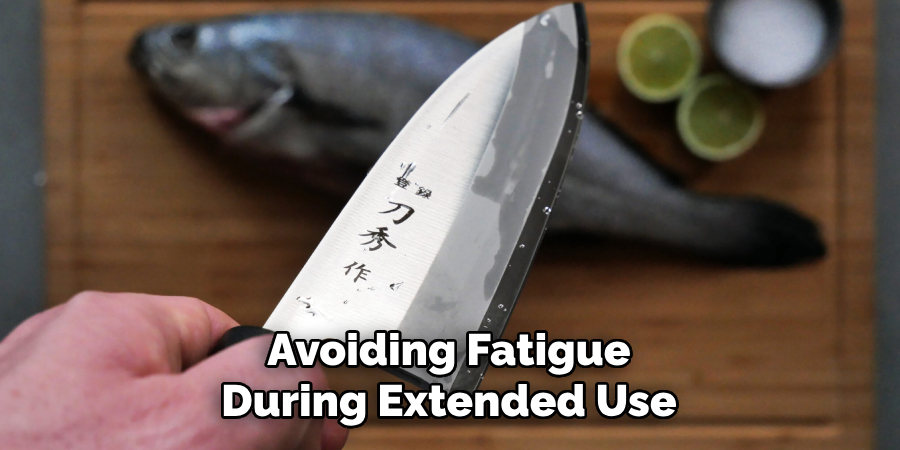
The Role of the Spine
The Deba knife’s spine is notably thick, a feature that enhances its ability to cut through tough materials such as fish or poultry bones with ease. This robustness not only provides the necessary leverage for challenging cuts but also ensures the knife’s durability during repetitive high-pressure tasks. Furthermore, understanding the balance between the blade’s weight and the handle is essential for optimal performance, as it allows for comfortable handling and control. This balance is critical for executing precise maneuvers and avoiding fatigue during extended use.
Preparing to Use a Deba Knife
Safety First
When preparing to use a Deba knife, prioritizing safety is essential. A stable cutting surface is crucial in preventing accidents; opt for a wooden or bamboo cutting board, which provides both stability and minimizes wear on the knife’s edge. Equally important is the grip and hand positioning. Utilizing a pinch grip—where the thumb and forefinger hold the blade’s base while the remaining fingers wrap around the handle—provides control and minimizes the risk of slippage. Alternatively, holding the handle firmly ensures stability and better maneuverability of the knife. Proper techniques reduce the chance of injury and enhance cutting precision.
Preparing the Ingredients
Before utilizing the Deba knife, ensure that all ingredients, whether fish, poultry, or meat, are thoroughly cleaned and prepared. Remove any scales, skin, or unwanted parts to facilitate smooth cutting and prevent damage to the knife. Organizing your workspace is vital for efficient preparation; arrange tools and ingredients within easy reach. This setup allows seamless access to what you need, streamlining the cooking process and maintaining a clear focus on safely executing precise cuts with the Deba knife. Adequate preparation and organization significantly enhance both the speed and quality of culinary tasks.
How to Use a Deba Knife: Techniques for Using a Deba Knife
Filleting Fish
Successfully filleting fish with a Deba knife requires precision and skill, focusing on making accurate cuts along the spine and bones. Begin by placing the fish on a stable cutting board and ensuring it is clean and descaled. Use the tip of the Deba knife to make an incision just behind the gills, slicing down toward the backbone. With a gentle but firm hand, slide the blade along the spine, guiding it with the natural contours of the fish.
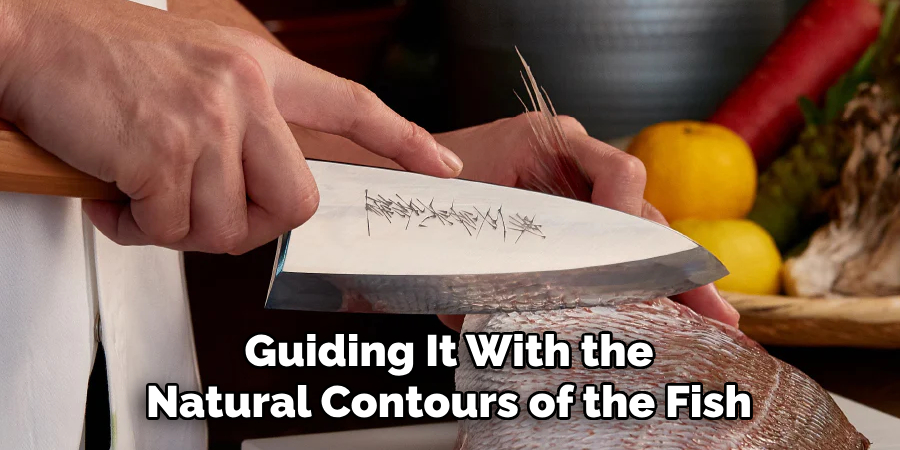
The thick spine of the Deba knife plays a critical role here, providing stability and allowing the blade to cut through the bones without bending. It is important to maintain a steady hand to ensure clean cuts and minimal waste. Once the fillet is separated, gently use the knife to remove the skin by slipping the blade just under the skin at the tail end and peeling it back with minimal pressure, ensuring the maximum yield of meat.
Cutting Through Poultry Bones
Safety and precision are paramount when cutting through small poultry bones with a Deba knife, such as chicken wings or drumsticks. Position the bone near the blade’s thickest part, applying gentle pressure to allow the knife’s weight to do the work. This technique minimizes the risk of damaging the blade, as forcing the cut could lead to chipping or dulling. By leveraging the knife’s weight and sturdy design, you can achieve a clean cut without the need for excessive force, ensuring the bone is sliced efficiently while maintaining the blade’s integrity.
Cutting Meat
Using a Deba knife to cut through meat with bones, like joints or thick muscle, is an exercise in balance and control. Start by positioning the meat firmly on a stable surface. Use the Deba knife to make careful, deliberate cuts through the muscle until reaching a bone or joint. At this point, align the knife carefully and use a firm, controlled motion to cut through. Avoid using excessive force to maintain a clean edge and prevent the blade from becoming dull or chipped. Ensuring sharpness and stability in such cuts prolongs the life of the Deba knife, allowing it to consistently deliver precise and efficient results in meat preparation tasks.
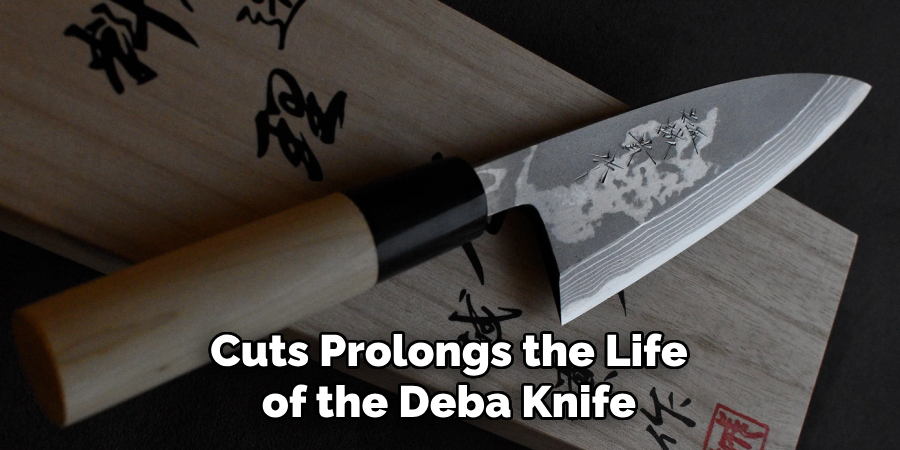
Maintaining a Deba Knife
Sharpening the Deba Knife
Sharpening a Deba knife requires attention to its single bevel angle, which is crucial for maintaining precision in cuts. First, soak the stone in water for about 15 minutes to sharpen the knife using a whetstone. Hold the knife at the correct bevel angle, usually 10 to 15 degrees, and draw the blade across the stone in smooth, even strokes. Ensure the entire edge makes contact with the whetstone. Repeat on both sides to achieve a sharp edge. For optimal performance, sharpen your Deba knife whenever you notice a decrease in cutting efficiency, complemented by regular honing to maintain sharpness.
Cleaning and Storing the Knife
Proper cleaning of the Deba knife is essential to prevent rust and food buildup. After each use, wash the knife by hand using mild detergent and warm water, avoiding dishwashers that can degrade the blade’s quality. Dry the knife immediately with a soft cloth to fend off oxidation. Store the knife in a sheath or a knife block to protect the blade from damage, and ensure it’s kept in a dry environment to maintain its cutting prowess over time. This routine care preserves the knife’s integrity and extends its longevity, safeguarding your culinary tool investment.
Common Mistakes to Avoid When Using a Deba Knife
Using Too Much Force
Applying excessive force when using a Deba knife can dull or damage the blade, undermining its effectiveness and making cutting less efficient. The key is to rely on the Deba’s sharp edge, utilizing controlled, gentle movements to perform the task. Allow the weight and sharpness of the knife to work for you.
Cutting the Wrong Types of Ingredients
The Deba knife is designed for tasks involving meat and fish and is not ideal for slicing vegetables or performing delicate tasks that demand a thin blade, like sushi rolls. Using the correct knife for each task prevents damage to both the Deba and the ingredients.
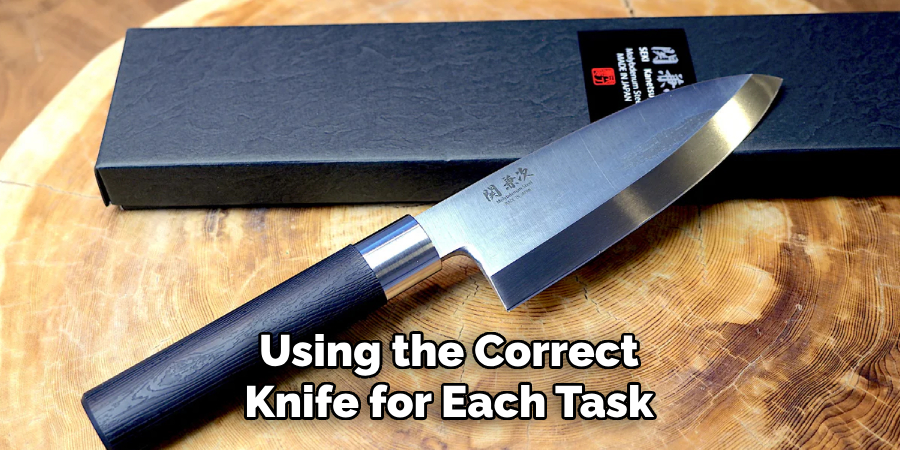
Testing the Performance of a Deba Knife
Checking for Sharpness
To test the sharpness of a Deba knife, begin by cutting through fish or meat. A well-sharpened Deba should glide effortlessly through the flesh, delivering a clean, smooth cut without tearing or shredding. Observing the integrity of the cut is essential; any sign of ragged edges might indicate the need for further sharpening. Achieving such precision ensures quality and maintains the integrity of the ingredients.
Evaluating the Precision of Cuts
Assessing the Deba knife’s ability to make precise cuts involves testing its performance along bones or joints. A sharp, properly maintained Deba should cut cleanly through these areas, following the natural contours without deviation. Precision in cutting is crucial for consistency and accuracy in filleting or butchering tasks. Ensuring the knife performs consistently minimizes waste and enhances the overall quality of culinary creations.
Using the Deba Knife for Different Cuisines
Japanese Cuisine
The Deba knife is a vital tool in traditional Japanese culinary arts, especially in preparing fish for sushi and sashimi. Renowned for its ability to make precise cuts, the Deba excels at slicing fish, removing skin, and navigating through bones with ease. Its sharp, single-beveled edge allows chefs to produce delicate slices essential for these authentic dishes. Mastery of the Deba knife is integral to retaining the texture and flavor of fresh ingredients, underscoring its importance in Japanese cuisine.
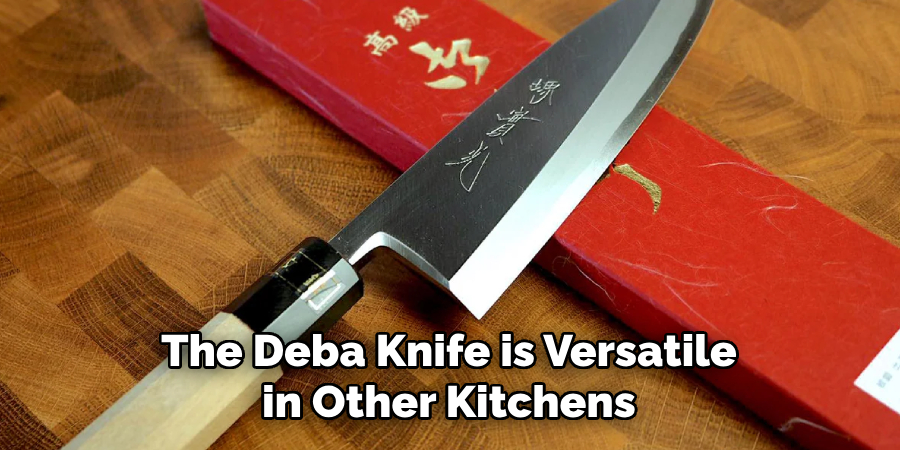
Other Culinary Uses
Beyond Japanese cuisine, the Deba knife is versatile in other kitchens, such as Mediterranean and French, particularly for preparing bone-in meats or fish. Its robust design makes it an excellent choice for breaking down poultry or sectioning whole fish, demonstrating its strength beyond fish preparation alone. While maintaining its primary bone-cut use, the Deba knife can adapt to diverse culinary tasks, showcasing its adaptability and utility in various cooking traditions.
Conclusion
The Deba knife is an indispensable asset for any kitchen, renowned for its versatility and effectiveness, especially in fish and meat preparation. Understanding how to use a Deba knife involves mastering its weight and precision to accomplish clean cuts while safeguarding its sharpness and integrity. Proper maintenance, including regular sharpening and careful storage, is essential to preserve its performance and longevity. By incorporating the Deba knife into your kitchen toolset, you can achieve efficient and precise cutting tasks, elevating your culinary creations and ensuring a seamless cooking experience.
Edmund Sumlin is a skilled author for Metal Fixes, bringing 6 years of expertise in crafting a wide range of metal fixtures. With a strong background in metalwork, Edmund’s knowledge spans various types of fixtures, from decorative pieces to functional hardware, blending precision with creativity. His passion for metalworking and design has made him a trusted resource in the industry.
Professional Focus:
- Expert in Metal Fixtures : Edmund aesthetic specializes in creating durable and innovative metal fixtures, offering both appeal and functionality. His work reflects a deep understanding of metalworking techniques and materials.
- Sustainability Advocate : He is dedicated to using sustainable practices, ensuring that every fixture is crafted with eco-friendly methods while maintaining high-quality standards.
In his writing for Metal Fixes, Edmund provides valuable insights into the latest trends, techniques, and practical advice for those passionate about metal fixtures, whether they are professionals or DIY enthusiasts. His focus on combining artistry with engineering helps others discover the true potential of metal in design.


